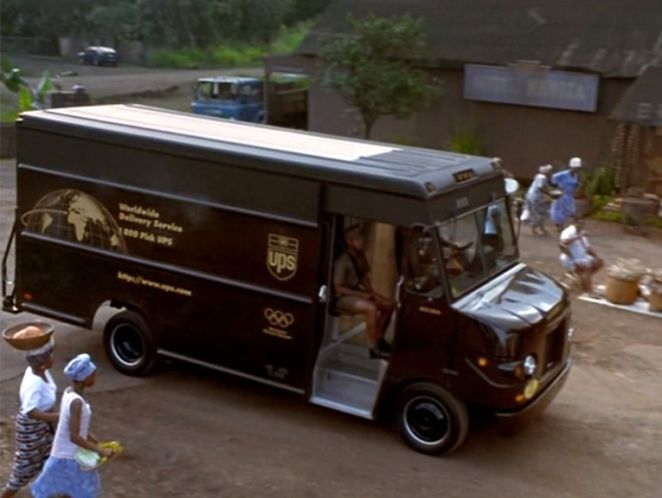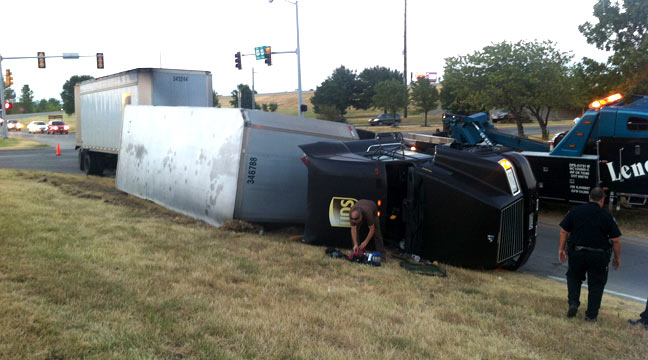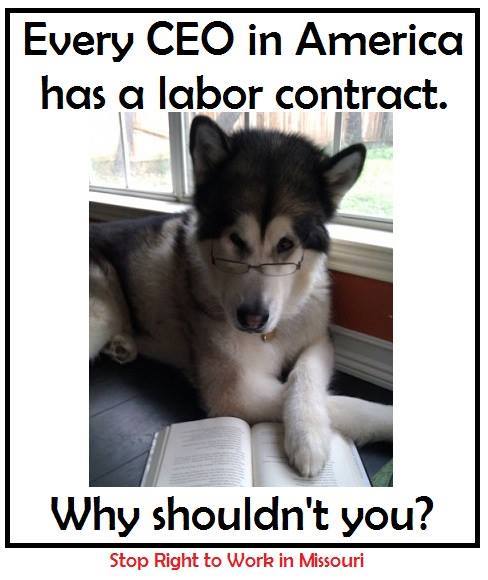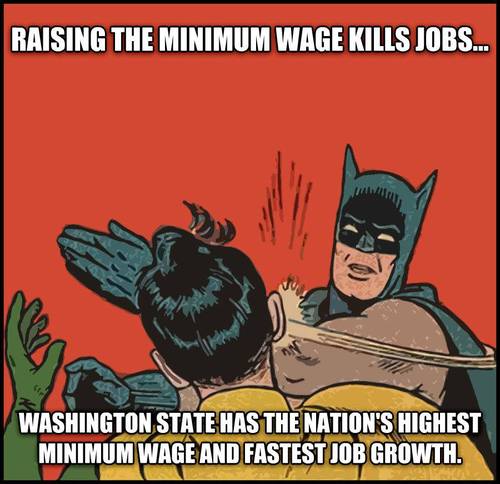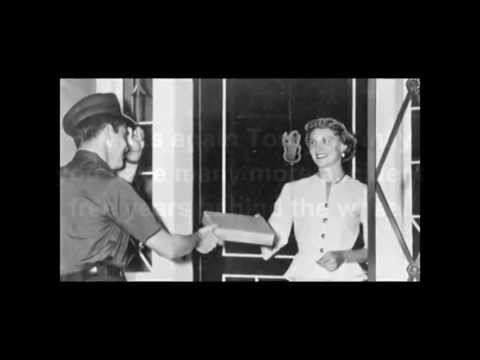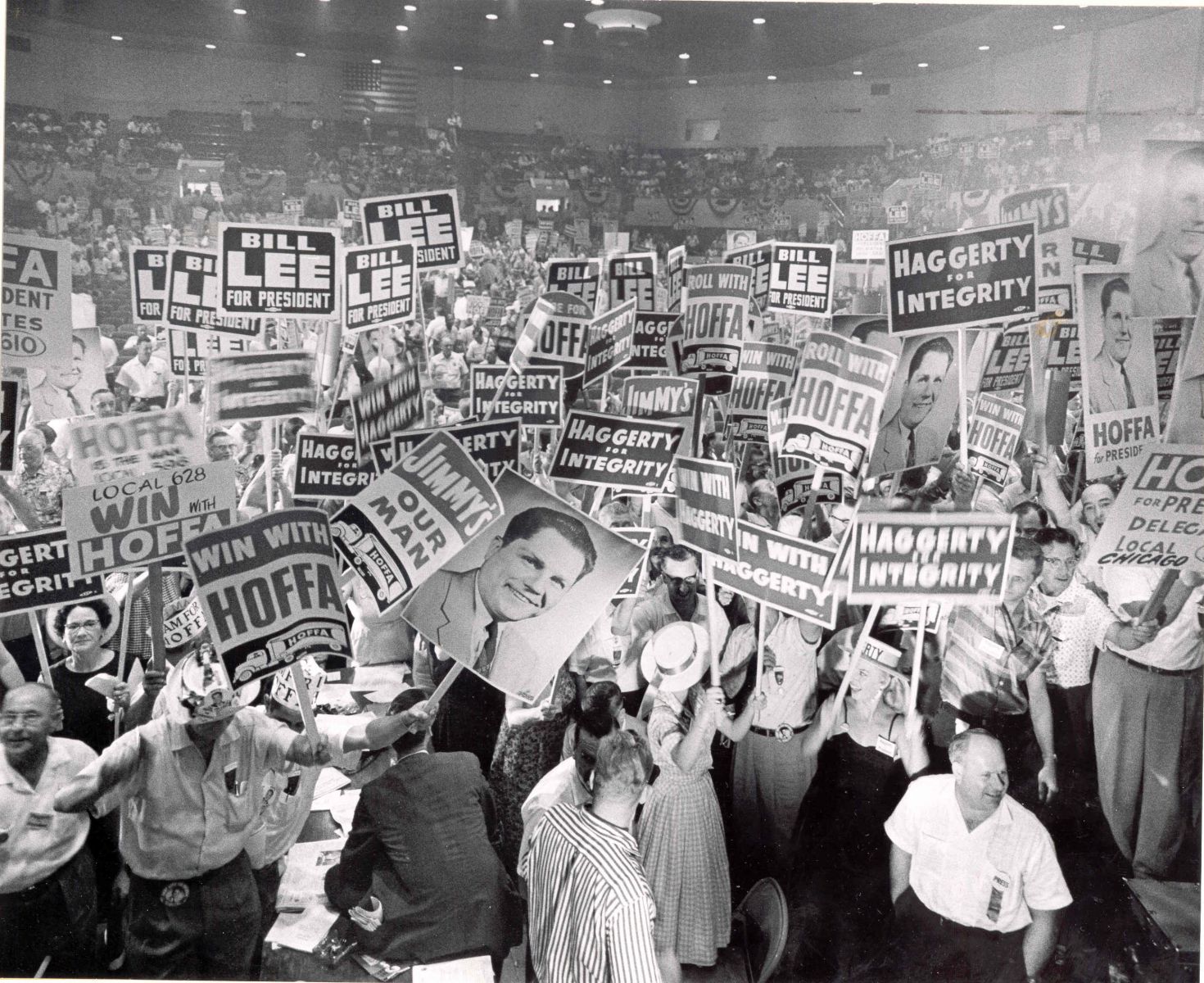Tag Archives: Teamsters
UPS driver’s pregnancy-bias case to get SCOTUS review
The U.S. Supreme Court has agreed to decide whether the United Parcel Service violated the Pregnancy Discrimination Act when it refused to give a pregnant driver light duty to accommodate her heavy-lifting restrictions.
The court granted cert on Tuesday in the case of Peggy Young, who says she was treated worse than other workers who were temporarily unable to do their jobs, report the Washington Post, the National Law Journal, SCOTUSblog and Bloomberg BNA. UPS gave light duty to workers injured on the job, who were disabled as defined by the Americans With Disabilities Act, or who had lost their driver certification.
The cert petition (PDF) cites the Pregnancy Discrimination Act, which provides that “women affected by pregnancy, childbirth, or related medical conditions shall be treated the same for all employment-related purposes … as other persons not so affected but similar in their ability or inability to work.”
Young was a driver whose essential functions included lifting packages as heavy as 70 pounds when she became pregnant in 2006, according to UPS. The company maintains its collective bargaining agreement treats pregnant workers the same as others with off-the-job injuries or conditions. Unless those workers qualify as disabled under the ADA, they don’t get light duty, UPS argues. A change to that policy would disrupt the seniority system, the company says in its brief (PDF) opposing cert.
U.S. Solicitor General Donald Verrilli Jr. had opposed cert, arguing that the ADA Amendments Act that took effect in 2009 could lead courts to reconsider their approach in pregnancy bias cases, according to the Bloomberg BNA coverage. He also said the U.S. Equal Employment Opportunity Commission is working on new guidance on pregnancy issues under the PDA and the amended ADA.
The case is Young v. United Parcel Service.
By Debra Cassens Weiss ABAJournal
Are we off area?
Dang
But Rush says I shouldn’t
Wake up, Robin
UPS Drivers Who Avoid Accidents for 25 Years Get Arm Patch and Bomber Jacket
Chadd Bunker says his friends and relatives tell him he drives like an old man. Roll through a stop sign? He would never do that. Exceed the speed limit? Not on your life. He makes three right turns to avoid a left. He can be annoying.
But Mr. Bunker, who is only 48 years old, is no ordinary driver. He recently became one of the proud, lucky few to reach the delivery driver equivalent of Eagle Scout—the United Parcel Service Inc.’s Circle of Honor.
The award goes to those who manage to drive their big brown trucks without having an “avoidable” accident, for years and years. That isn’t easy since UPS considers nearly every kind of accident avoidable. A scratch on the truck while backing up, or a tree branch hitting the vehicle and breaking a mirror, they both count as accidents that might have been avoided.
Drivers who make it through 25 years are honored with a little ceremony, a patch on their sleeve documenting the number of accident-free years and the ultimate king-of-the-road status symbol: a bomber jacket.
UPS is driven by its safety culture. New drivers at the 107-year-old company are required to attend intensive, weeklong training courses, informally dubbed “Quaker boot camps” that emphasize ethics and safety.
It isn’t the only company to toot its horn for safe drivers. PepsiCo Inc.’s Frito-Lay honors its million-mile safe drivers at an annual awards gala at its headquarters in Plano, Texas. The achievement typically takes 12 years. Con-way Inc., in Ann Arbor, Mich., bestows a class ring on its two-million-milers, who also get an embroidered jacket and business cards. Waste Pro USA Inc., in Longwood, Fla., awards its garbage truck drivers $10,000 for three years of spotless work. Spotless has three components: a positive attitude, good attendance and no accidents. UPS-rival FedEx Corp. gives awards too, recognizing employees after each year of safe driving.
For UPS drivers, the road to glory is very hard. UPS drivers must memorize the company’s more than 600 mandatory “methods.” These include checking the mirrors every five to eight seconds, leaving precisely one full car length in front when stopping and honking the horn just so: two short friendly taps, no blasting.
There are all sorts of potential hazards. In Ketchikan, Alaska, for instance, Tom Fowler, 53, dodges black bears and deer on a regular basis. In the snow and ice, he parks, then pulls a sled of packages a quarter mile up narrow roads on steep, slick hillsides to avoid the possibility of a vehicle accident. He became the first Alaskan driver to make the circle of honor in January.
“When you’re out delivering, it’s not unusual to see bears, black bears. People do hit ’em,” Mr. Fowler said. It’s “a big crash if you hit a bear.”
About 1,500 were inducted into the circle in 2013, and a mere 7% of the 102,000 UPS drivers on the road are members.
Drivers agree the most impressive record belongs to Ronnie McKnight, who has driven safely for 46 years in New York City, dodging aggressive taxi drivers and parking precariously on a daily basis. Mr. McKnight, 71, learned to drive slowly on a tractor at age 11. Now, he says, his secret is “patience. Don’t be in any rush to do anything.”
Lately, UPS actually has been pushing its drivers to speed up, while still adhering to the rules. Thanks to the boom in e-commerce, drivers say they’re delivering more packages than ever on the same routes. Average daily package volume has grown 12% over the past five years, while the number of drivers has stayed roughly the same, according to the company. Some drivers complain privately that the company’s expectations for safety and efficiency can be contradictory. “The job can be done as efficiently as we’ve designed it, and safely, if you follow the methods,” says UPS spokesman Dan McMackin, who used to be a driver.
Tom Camp, 73, is the company record holder for 51 years of safe driving—in Michigan, of all places, a state snow- and icebound several months of the year. He has no plans to retire. “Every day is a challenge out there,” he says. “It takes your full concentration, all the time.”
Still, it’s all too easy to hit a bump in the road—or a chain-link fence. That’s what happened to Rui Sousa, a 49-year-old Providence, R.I., driver as he tried to turn around at the end of a dead-end street in 2003. He scratched his vehicle and wiped out a perfect 15-year, six-month-record. His heart sank.
“It’s hard to swallow when you go that many years and then, boom, there it all goes,” he said.
Luckily, UPS allows for detours. If a driver has an accident after five years of safe driving, the clock is set back by at least a year, but the previously accumulated years still count toward the final tally. Before five years, drivers go back to zero.
Mr. Sousa was set back by 18 months. He now takes extra care when backing up, often getting out of the vehicle to check whether he has enough space.
In October, after another 10 years of safe driving, he finally made it to 25 years. He now parks in a reserved front-row spot at his building. As part of the award ceremony, his brown jersey was retired to the rafters of the building, where it dangles as inspiration for younger drivers with a dozen others. He now has a new shirt with a small, round sleeve patch with the number 25 on it.
Drivers have a choice between a camel-hair blazer and a leather bomber jacket as their prize. Mr. Sousa chose the bomber jacket. “I wear it on special occasions,” he says. People “think it’s very cool.”


